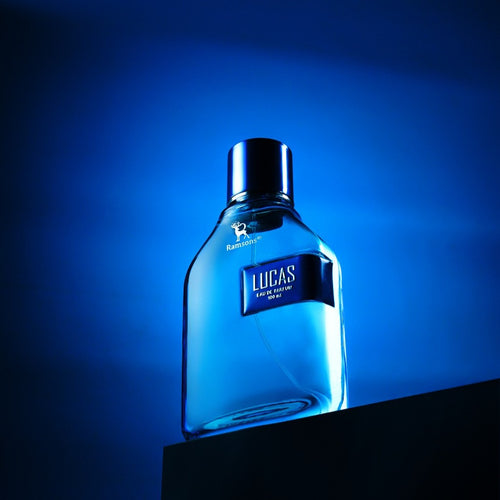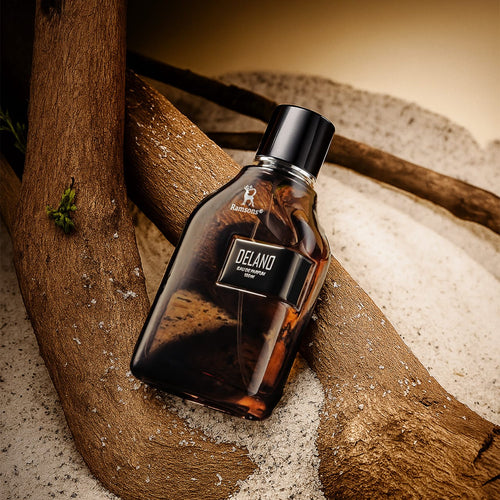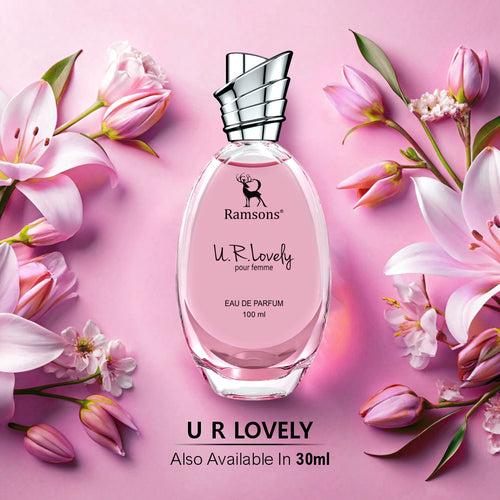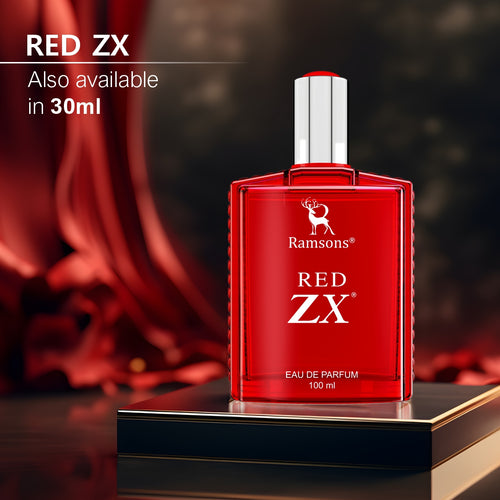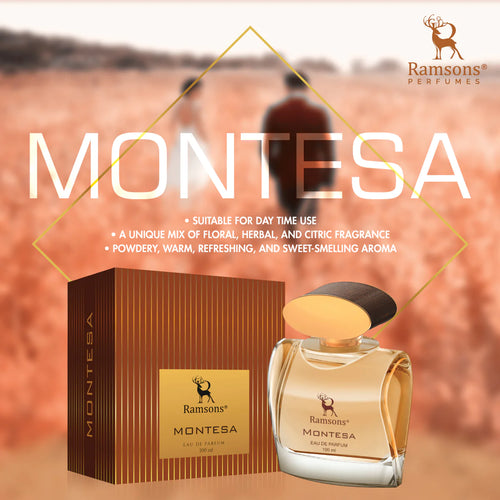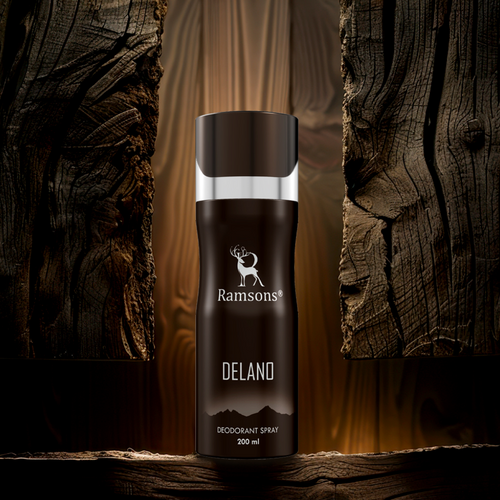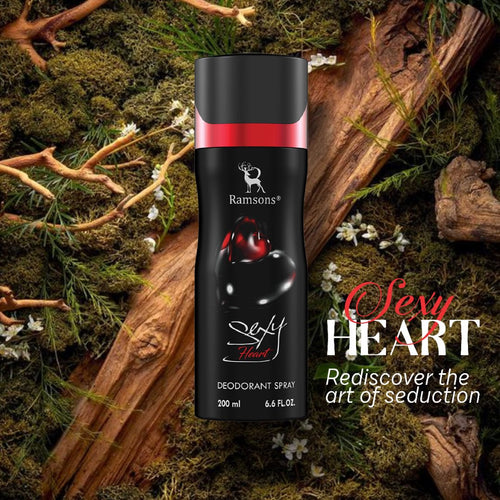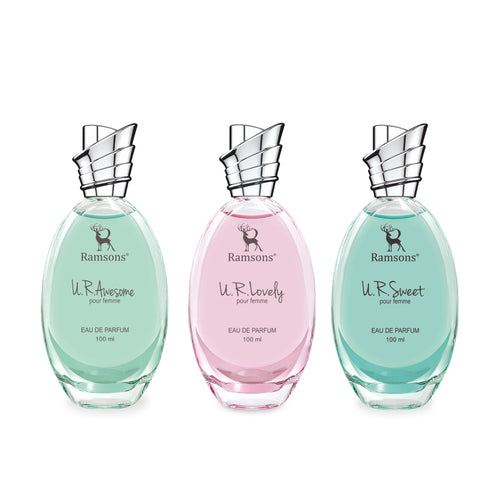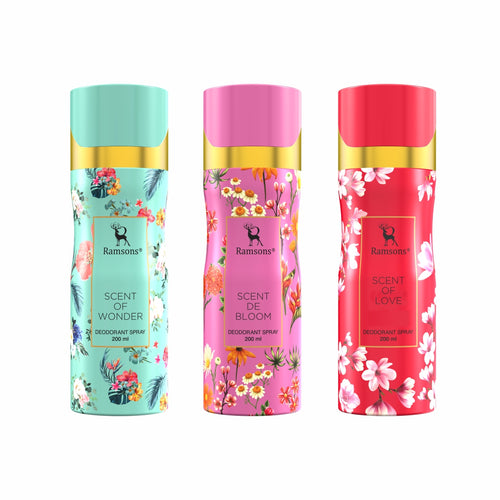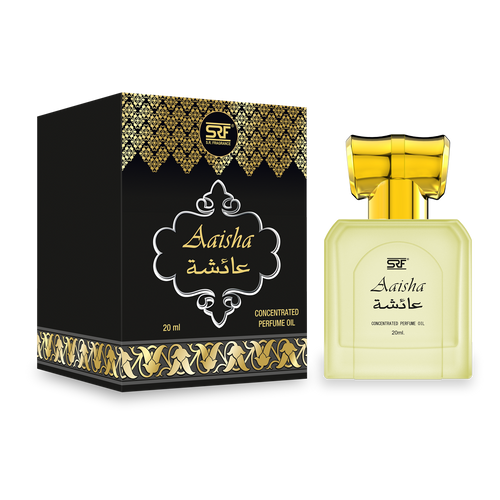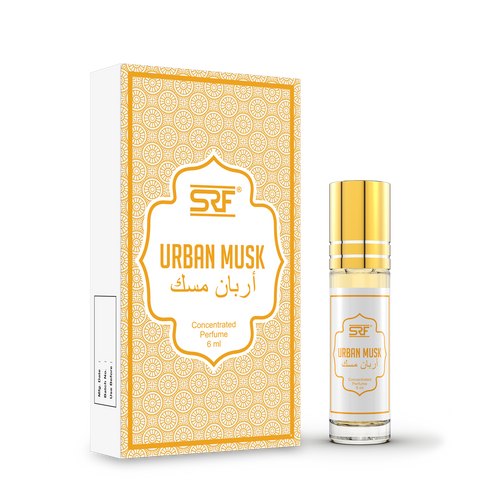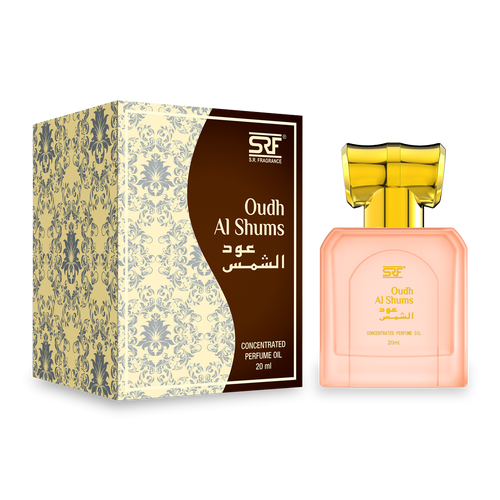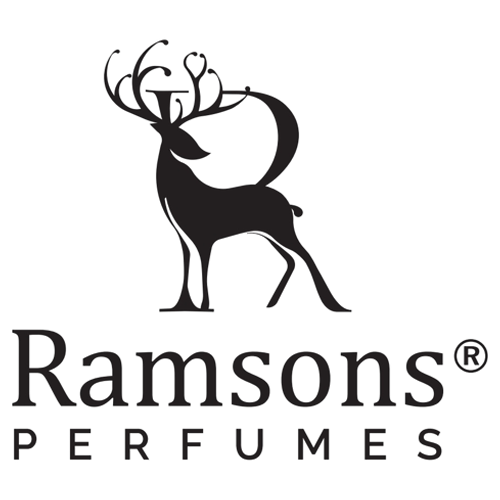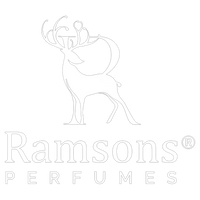Introduction
The world of fragrances is a captivating realm where artistry meets science, where scents evoke memories and emotions, and where personal expression finds its olfactory form. Within this realm, there exists a fascinating dichotomy between men's and women's fragrances, each with its unique characteristics, ingredients, and cultural connotations. In this exploration, we delve into the nuances that differentiate men's and women's fragrances, unraveling the secrets behind their distinctiveness and understanding the societal influences that shape their creation and consumption.
-
Ingredients and Composition:
Men's and women's fragrances often differ in their composition and choice of ingredients. Traditionally, men's fragrances tend to feature woody, earthy, and spicy notes, such as cedarwood, patchouli, and pepper, which evoke a sense of strength and masculinity. On the other hand, women's fragrances often showcase floral, fruity, and sweet notes, such as jasmine, rose, and vanilla, which are associated with femininity and sensuality. However, modern trends have blurred these distinctions, with gender-neutral fragrances incorporating a diverse range of ingredients to appeal to a wider audience.
-
Packaging and Marketing:
Beyond scent composition, the packaging and marketing of men's and women's fragrances play a significant role in shaping consumer perceptions. Men's fragrances are often packaged in sleek, angular bottles with dark or metallic accents, reflecting themes of power and sophistication. In contrast, women's fragrances are typically presented in softer, curvier bottles adorned with floral or feminine motifs, emphasizing elegance and allure. Marketing strategies also reinforce gender stereotypes, with advertisements for men's fragrances often featuring rugged landscapes or suave protagonists, while those for women's fragrances evoke romance and fantasy.
-
Cultural Influences:
The differences between men's and women's fragrances are deeply rooted in cultural norms and societal expectations surrounding gender identity and expression. Historically, fragrances have been used as markers of social status and gender roles, with certain scents associated with masculinity or femininity. However, as attitudes towards gender evolve, so too do perceptions of fragrance. The rise of gender-neutral and unisex fragrances reflects a growing acceptance of fluidity and diversity in gender expression, challenging traditional notions of masculinity and femininity.
-
Personal Preference:
Ultimately, the choice of fragrance is a deeply personal one, influenced by individual tastes, memories, and experiences. While societal norms may dictate certain expectations regarding gender-specific scents, many people are drawn to fragrances that resonate with their own sense of identity and style, regardless of gender. Moreover, the boundaries between men's and women's fragrances are increasingly becoming blurred, with consumers embracing the freedom to explore a wide spectrum of scents without constraints.
Conclusion
In the realm of fragrances, the distinction between men's and women's scents is both subtle and complex, shaped by a myriad of factors including ingredients, packaging, marketing, and cultural influences. While traditional gender norms may have once dictated the types of fragrances deemed appropriate for men and women, the evolving landscape of scent now offers greater freedom and diversity for individuals to express themselves authentically. Whether it's the woody notes of a men's cologne or the floral bouquet of a women's perfume, the beauty of fragrance lies in its ability to transcend gender and evoke emotion, memory, and identity.
